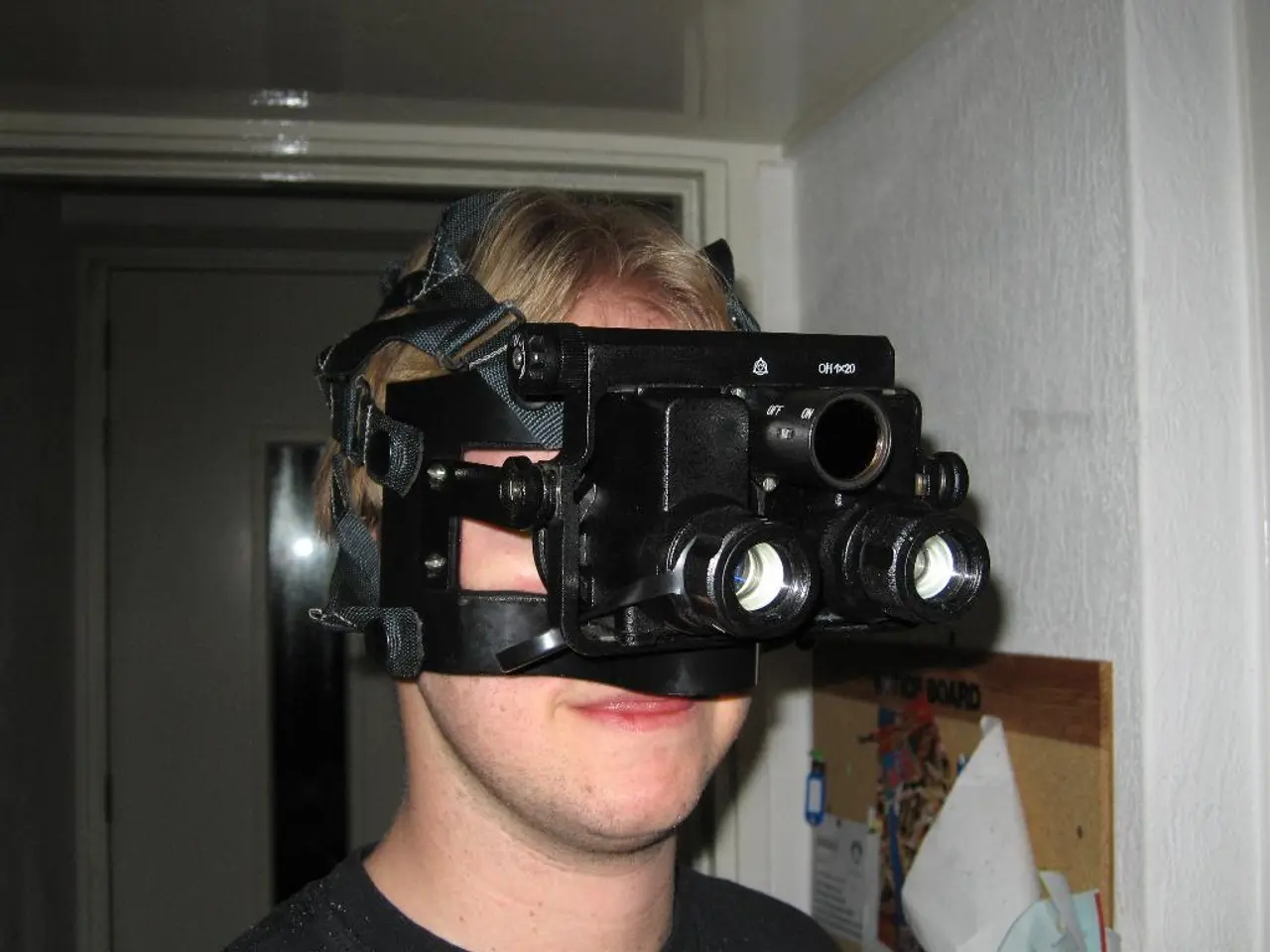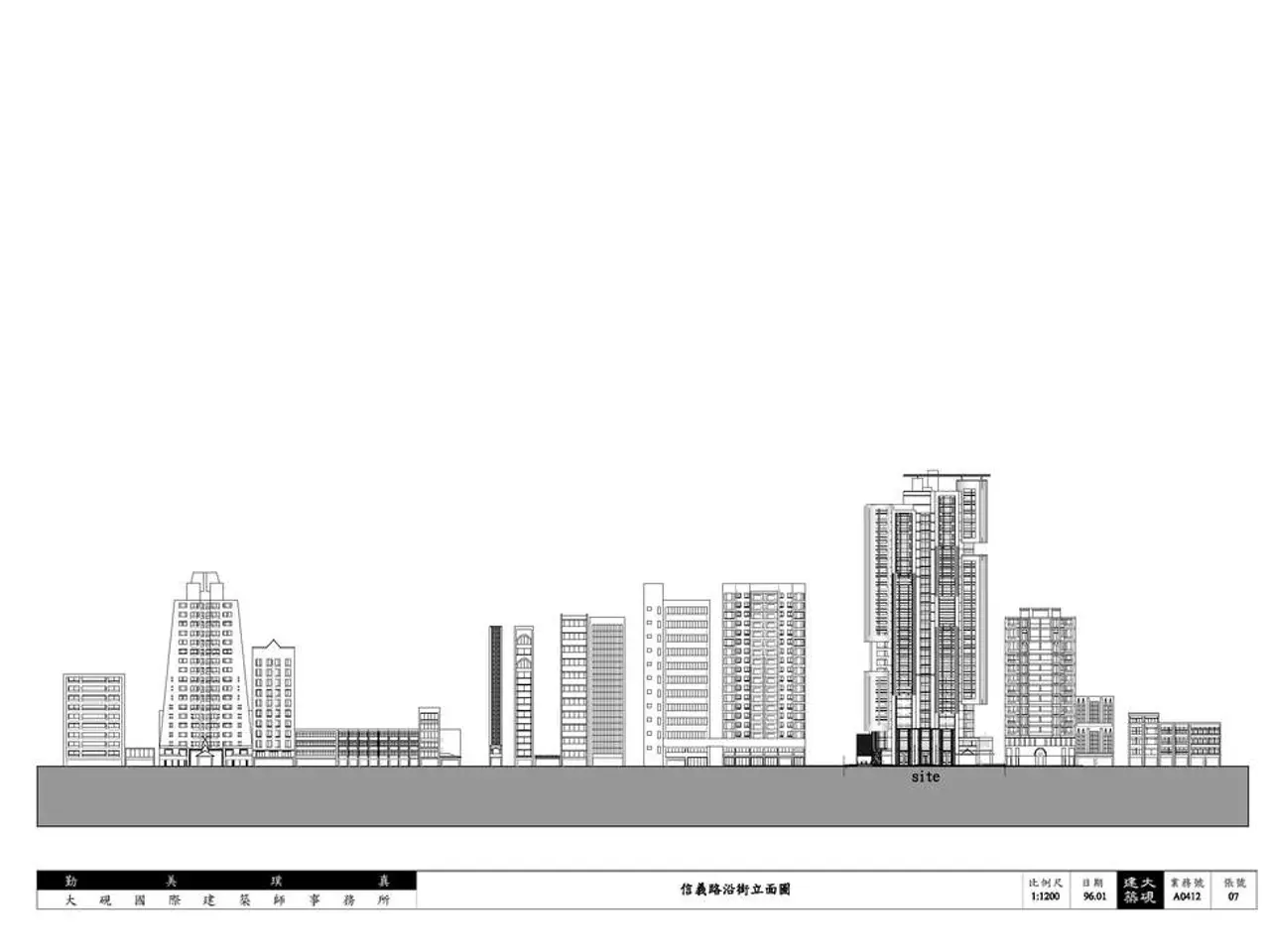Exploring the Innovative Methods in Virtual Reality App Creation
In the rapidly evolving world of Virtual Reality (VR), developers are pushing the boundaries to create more immersive, interactive, and high-performing experiences. Here's a look at the latest advancements in VR app development that are set to revolutionize the industry in 2025.
Enhancing Immersive Experiences
The integration of Artificial Intelligence (AI) with VR is creating more personalized and adaptive environments. AI-driven algorithms adjust virtual spaces in real-time based on user behaviour, increasing engagement by up to 40%. This includes smarter Non-Player Characters (NPCs) in games and dynamic educational content that adapts to learner progress, improving knowledge retention by 25%.
Streamlined AR/VR development emphasizes starting from use case clarity, selecting the right SDKs (such as ARKit or ARCore), and building modular architectures with microservices, which enhance scalability and responsiveness in immersive apps.
Improving User Interaction
Gaze-based selection and spatial interaction replace conventional touch controls in VR, improving usability in immersive environments. Chatbot and conversational AI integration within VR apps provide real-time guidance and support, creating a conversational layer that complements immersive interaction. Near Field Communication (NFC) is used in VR for efficient processes, enhancing user experience through seamless proximity-based interactions.
Boosting Performance
Performance optimization is crucial to mitigate latency and avoid motion sickness; maintaining frame rates above 60 fps is essential. Tools like Unity’s Profiler and Unreal’s GPU Visualizer help identify bottlenecks. Developers are reducing 3D model polygon counts (sometimes by 50%) to improve rendering speed by nearly 30%, balancing visual fidelity with performance. Targeting platform-specific SDKs and hardware is important, with over 75% of VR use happening on mobile devices, requiring optimization for platforms such as Oculus Quest and Samsung Gear VR. Automated testing tools (e.g., Appium, Selenium) reduce costs and improve consistency across diverse devices. Efficient network connectivity management, including data compression techniques, supports smoother multi-user VR experiences even on variable internet speeds (aiming for 10 Mbps minimum).
Cross-Platform Development
Cross-platform frameworks like Unity, React Native, and Flutter facilitate faster development and easier updates, enabling broader device support without compromising quality.
Summary Table of Key Techniques
| Aspect | Key Advancements | Tools/Technologies | Benefits | |-------------------------|--------------------------------------------------|-----------------------------------|-----------------------------------------------| | Immersive Experience | AI-driven dynamic VR environments | Unity ML plugins, ARCore | Personalized, higher engagement, adaptive learning | | User Interaction | Gaze-based controls, spatial interaction, chatbots| Unity, NFC, chatbot SDKs | Enhanced usability and conversational support | | Performance | Frame rate optimization, polygon reduction, automated testing | Unity Profiler, Blender, Appium | Reduced latency, faster rendering, device coverage | | Cross-Platform | Use of React Native, Flutter, Unity | React Native, Flutter | Faster development, unified codebase, multi-device| | Network & Multi-user | Data compression, network speed optimization | Compression libraries, network tools| Smoother collaborative VR experience |
These developments indicate a focus on seamless integration of AI, user-centered design for interaction, and technical optimization for both software and hardware to push VR app capabilities forward significantly in 2025. Exceptional design in VR development includes intuitive user interface elements, seamless integration into the virtual world, and natural, responsive user interactions. Spatial sound design introduces an auditory depth that mimics real-life scenarios, anchoring the user in the virtual landscape. Incorporating advanced features in Unity for VR applications enhances realism and interactivity, with support for real-time lighting, physics-based rendering, and spatial audio. 3D modeling is essential for creating immersive environments in VR development, with tools requiring precise control and optimization for VR hardware performance. High-quality audio in VR significantly enhances the user’s experience by providing cues that complement the visual feedback, fostering a sense of authenticity. Advanced techniques in VR app development include complex programming, realistic graphics rendering, and responsive motion tracking. Unity Engine is often chosen for VR development due to its extensive support for VR platforms, user-friendly interface, and tools optimized for VR development. Unreal Engine supports an array of VR hardware, offers tools for simulating physics, creating dynamic lighting, and authoring complex particle systems. Future advancements in VR technology include eye-tracking, foveated rendering, haptic feedback advancements, and improvements in wireless technology for more realistic and unrestricted virtual environments.
- The integration of Artificial Intelligence (AI) with Virtual Reality (VR) is creating more personalized and adaptive virtual environments, such as smarter Non-Player Characters (NPCs) and dynamic educational content.
- Gaze-based selection and spatial interaction, replacing conventional touch controls, are improving usability in immersive VR environments, while chatbot and conversational AI integration provide real-time guidance and support.
- Performance optimization is crucial for VR, with development prioritizing maintaining frame rates above 60 fps and reducing 3D model polygon counts to improve rendering speed.
- Cross-platform frameworks like Unity, React Native, and Flutter facilitate faster development and broader device support without compromising quality.
- In VR app development, there is a focus on advanced techniques like complex programming, realistic graphics rendering, and responsive motion tracking, with tools like Unity Engine and Unreal Engine supporting these advancements.




